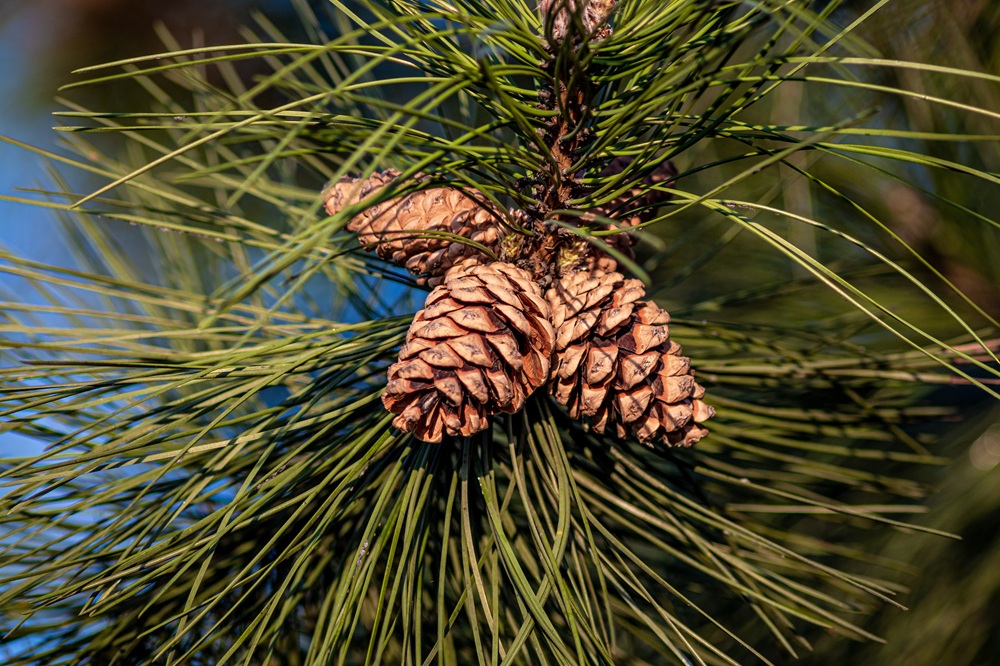In the forests of Himachal, pine cones usually lie scattered on the ground, treated as little more than seasonal litter. But for Assistant Professor Itika Kainthla (Physics) at Shoolini University, these cones became the foundation of a breakthrough that could shape industries worldwide.
Her research shows that fallen Himalayan pine cones can be transformed into activated carbon, a highly valuable material in the chemical industry. Activated carbon is essential for producing styrene from ethylbenzene — the building block for plastics, resins, and synthetic rubber that are part of everyday life.
What makes her work remarkable is the quality of the material. The pine-cone-based carbon produced in her lab has a carbon content of over 90 per cent, comparable to anthracite coal. In performance trials, it matched commercial high-end catalysts and continued working for over 30 hours without losing efficiency. For industries, this provides a renewable, low-cost alternative to materials such as carbon nanotubes, which are expensive to produce.
Behind the research lies a personal story. Assistant Professor Kainthla grew up in the hills of Himachal Pradesh, where collecting pine cones was a favourite childhood activity. She would paint them and use them as simple craft projects. Years later, those same cones have returned to her life, this time as the centrepiece of a globally recognised innovation. “This is not only about chemistry; it’s about giving back to nature,” she says.
Her work has already gained international attention with publication in ‘ACS Sustainable Chemistry and Engineering’, one of the leading journals in the field. The research, carried out in collaboration with CNMS Bengaluru, not only brings credit to Shoolini University but also places Himachal Pradesh on the global stage as a leader in sustainable solutions.
The wider message of her work is that sustainability is not always about inventing futuristic technology. Sometimes, it is about re-examining what we already have, discovering value in what looks like waste, and aligning science with nature’s rhythm. From a child’s painted pine cone to a material that can power cleaner industries, Asst Prof Kainthla’s journey highlights how memory and science can come together to create a more responsible future.
Avantika Ghosh
